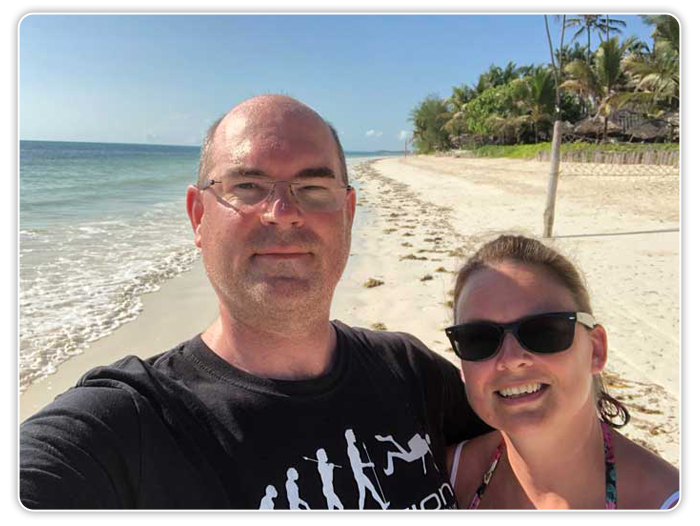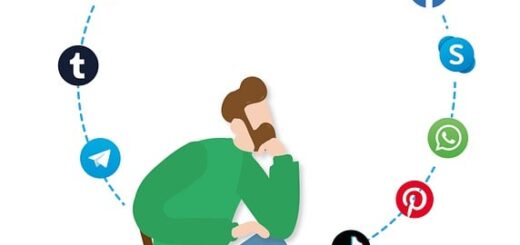Case Study: The Ogilvy-Oyster Method of Sneaky Selling
Here’s how a small shift in your content strategy can lead to big profits:
“The Guide to Oysters” was the first ad advertising expert David Ogilvy wrote for own agency.
In the full-page ad, details on different oysters, where they come from and how they are prepared are given, along with photos of each.
It’s a highly informative article; the kind people might rip out of a magazine for future reference.
Oh yes, and in the bottom right corner, Guinness Beer is touted as the ideal drink to have with oysters.
You guessed it… the ad wasn’t for oysters at all but rather for the beer.
Sneaky, huh?
No doubt you’re already creating “how-to” content for your readers and sending it out in emails, posting in your blog, social media and so forth.
And at the end of your content you might promote a related product, too. For example, you tell how to use a certain method to get traffic. Then you offer a product that teaches 20 more traffic methods.
But what if… now think about this, because it’s a bit of a mind shift…
What if your content told how to USE the product you are promoting?
You take that same traffic product, regardless of whether it’s your product or an affiliate product, and you write a post on how to use it to achieve a goal.
I have a friend who does exactly this and it’s made all the difference in his business. Before he started using this method, people would thank him for his great content but never buy the product he was promoting.
After he started doing this, people started buying. It was frankly kinda spooky how well this worked. Myself, I was skeptical. But numbers don’t lie.
Before this method, my friend worked a full time job. 4 months after he made the change, my friend quit his job and now does online marketing 20 hours a week and surfs, scuba dives and climbs the rest of the week.
I promised him I wouldn’t reveal his name or niche, but let’s go back to our traffic example and I’ll give you an idea of how this works:
Let’s say the product you’re promoting is a course on how to do Facebook Advertising, and the headline for your latest post is something like, “How to Get 50 Buyers a Day for Your Product Using Facebook Ads”.
In your post you basically outline some info (not all the info, of course) on how it’s done. But here’s the thing… more than once you reference the product you’re selling as being a key part of the Facebook Ad process.
Jumping into the middle of our imaginary article: “When you get to Step 3, just reference the tool on page 43 of the “Super Traffic Course” and you’ll know immediately which ad is more likely to get the best results.”
Or something like that… please note I’m doing this off the top of my head.
“If you don’t have the Super Traffic Course yet – seriously? What are you waiting for? – you can grab it here.”
“Or you can spend a few hours gathering the same info that you’ll find on page 43… not the best use of your time, perhaps, but trial and error will eventually see you through if you stick to it.”
“Once you’ve used the tool of page 43 and you have your numbers, you’ll know exactly which ad to run first as well as the best time to run it. Now the next step is to…”
Using this method requires two things:
First, you need a shift in your thinking. Odds are you’ve always written something like, “Tip 1, Tip 2, Tip 3, oh by the way, buy this product.”
But now the product is actually an integral part of the content. You are teaching them as though they ALREADY OWN the product, which does something wonderful to your reader – it makes them THINK as though they already own it.
Except… they don’t.
So now they feel like an insider but still on the outside. Darn it, they’re missing something really awesome!
It creates a cognitive dissonance in them that can be easily resolved by… TA-DA! Purchasing the product, of course.
This is soooo sneaky, isn’t it?
Ha! I love it.
The mind shift on your part is the first thing you need. The second thing is some well executed balancing which will come with practice.
You want to give enough info to make the post helpful even if they haven’t purchased the product. Your posts should stand on their own. But they shouldn’t give away all the secrets of the product – not even close.
You’re creating intrigue and a sense of missing out for those who don’t own the product while simultaneously giving good info they can use. See? A balancing act. And all the while you are also making it completely clear that owning the product will make the process easier, faster and in this case more profitable.
My friend says this was the hardest part to learn. He had to figure out how much info to give, what to withhold and how to seamlessly promote the product within the article. He also said the first time he tried was a hot mess, but he kept at it and within a week it was easy and within two weeks it was second nature. It’s simply a matter of learning a new way to frame what you’re writing.
His posts aren’t super long, either. They’re usually just 500 words to 1500 words, depending on how much he covers.
And then he promotes his posts extensively and shamelessly through social media as well as to his ever-growing list.
Million Dollar Side Point: Half of his posts actually reference and promote free lead magnets he’s giving away to build his email lists. He has lists in a dozen sub-niches to his main niche, and those lists are growing FAST.
He especially promotes these posts on social media. And he reposts these posts every month or two and again promotes them on social media as if they are brand new. His rate of list building using this simple technique is blowing my mind right now.
I think I may have ‘buried the lead’ with that last paragraph, so if you’ve read this far, congrats. You now have a secret to list building that others missed!
Bottom Line: Write “how-to” content that works in conjunction with the product you are selling (or the list building lead magnet you’re giving away). These posts work as covert sales letters that set you up as the authority, teach useful skills AND sell the product or the opt-in.
I know might be different from what you’ve done before. And the first time or two you write content like this, it might seem weird, awkward or strange. But done correctly, it can also be super profitable.

You Could Be Just One Simple Letter Away From The End Of All Your Financial Worries...
... And If You Enter Your Mailing Address Below I Can Show You Exactly How To Write It!
Privacy Policy: We value your privacy. You can unsubscribe from receiving future emails with 1 click at any time.























